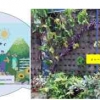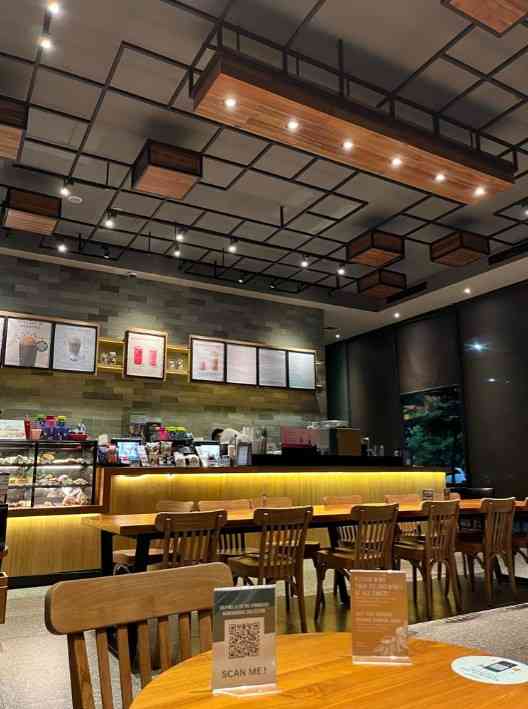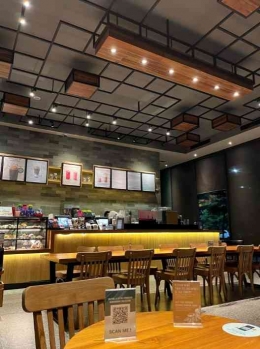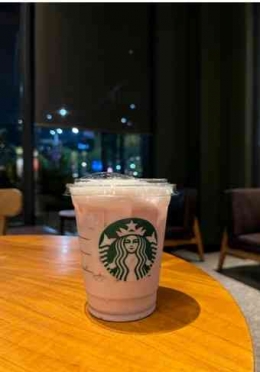Starbucks is a coffeehouse chain based in Seattle, Washington. Since its inception in 1971, it has evolved into one of the world's most known and renowned coffee companies. Starbucks is well-known for its specialty coffee beverages, which include espresso drinks, pastries, teas, and snacks. The firm is famous for its devotion to sustainability, ethical coffee bean procurement, and community participation. Starbucks has a significant global presence, with thousands of stores giving a pleasant and friendly environment for guests to enjoy their coffee and drinks.
Starbucks, like many other successful organizations, incorporates consumer segmentation into its marketing and business strategies. Client segmentation entails categorizing a company's base based on numerous attributes and behaviors. Starbucks employs customer segmentation to better understand its consumers and adjust its products, marketing, and services to the requirements and preferences of these various categories.
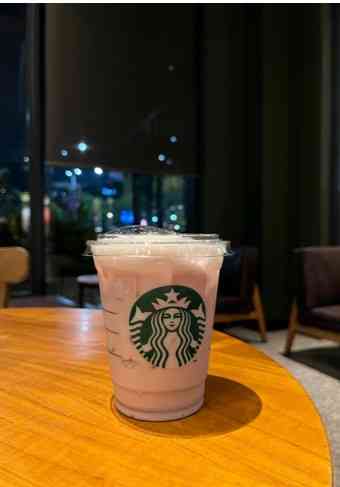
Starbucks splits its consumer base in the following ways:
First and foremost, demographic segmentation. Customers are classified based on demographic criteria such as age, gender, income, education, and employment. Starbucks, for example, may target certain product offers and marketing efforts to young adults, working professionals, or students.
The second step is psychographic segmentation. Starbucks considers its clients' lifestyles and psychographic features. They may target sectors such as health-conscious persons, coffee enthusiasts, or people looking for a social meeting spot.
Third, there is behavioral segmentation. Customers are segmented depending on their behavior and usage trends. Starbucks, for example, may identify frequent customers and offer them prizes or incentives, or they may target occasional consumers with special deals to promote more frequent visits.
The fourth step is geographic segmentation. Starbucks operates in a number of nations and areas, therefore its offers are tailored to local tastes and preferences. For example, in Asian markets, they may offer different menu items than in North American or European ones.
Fifth, there is Occasion-Based Segmentation. Starbucks provides services for a variety of circumstances, such as "afternoon snack," "morning coffee," and "relaxing evening." They create campaigns and goods for these unique events.
Personalization and customization come in sixth place. Starbucks uses technology to tailor the consumer experience as well. They collect data on individual tastes and purchasing behaviors via their mobile app in order to provide tailored suggestions and rewards.



